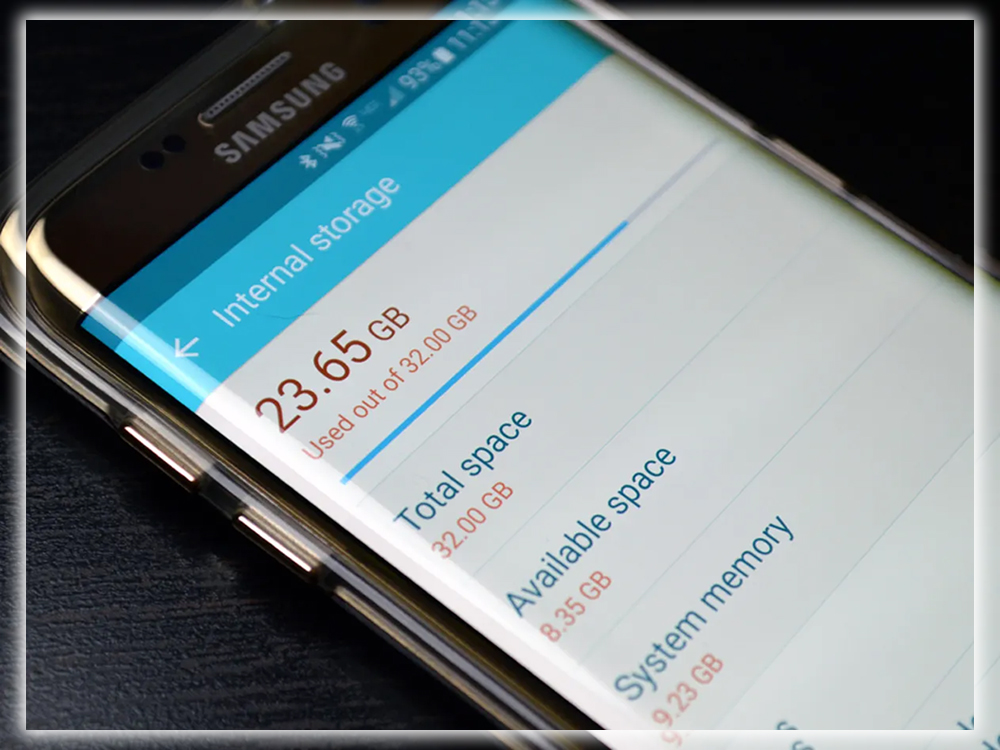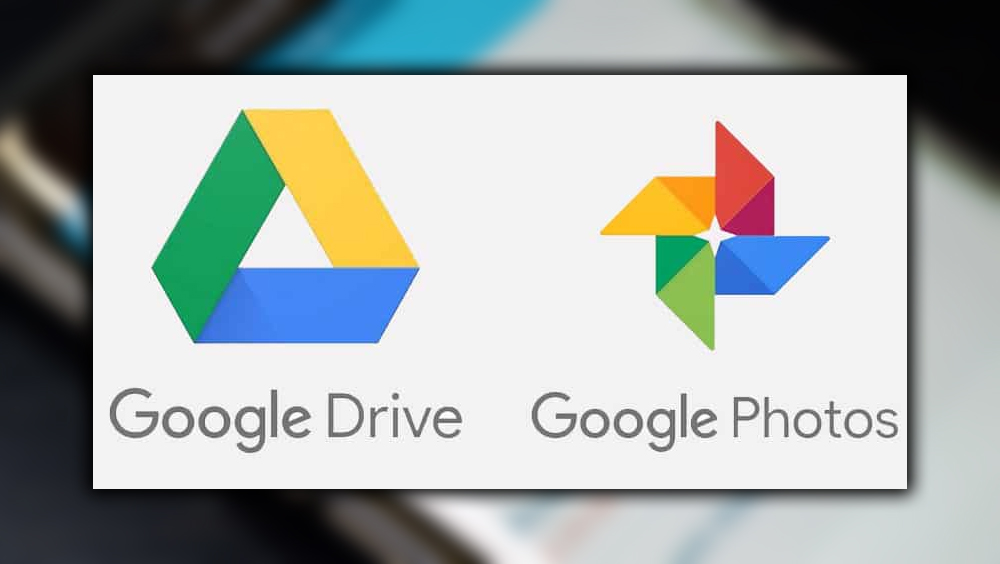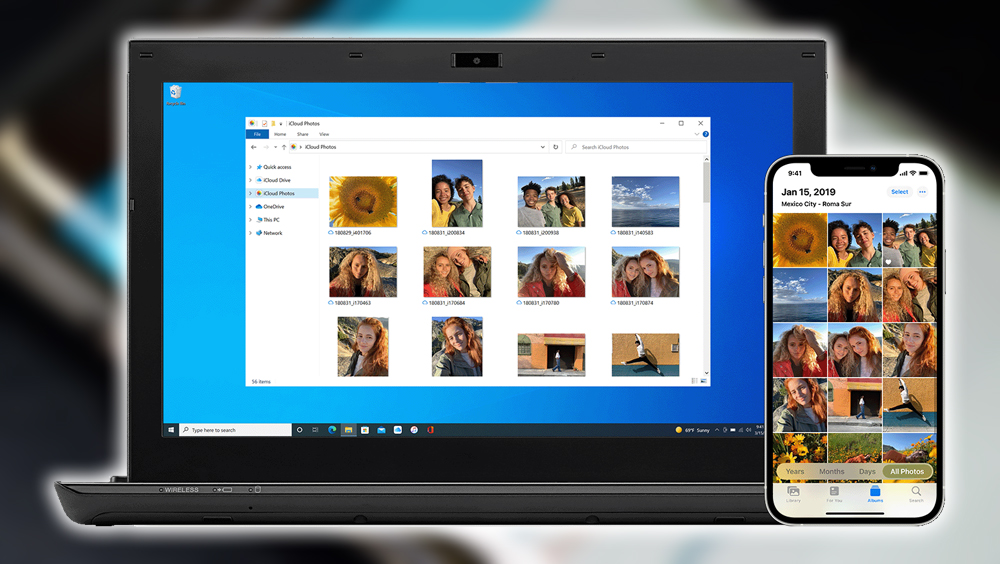Where Photos Excels
For most, Photos will be the better product, particularly if you have a mobile-first lifestyle. The primary storage vault is the cloud, which makes it easy to clear the images off your smartphone for safekeeping.

Photos are also so good because it leverages the company’s algorithmic smarts. No need for putting groups of images together in folders or albums. Although you can make your own albums if you want to. The app also includes some great sharing features from time to time. And you’ll be treated to video compilations that turn similar images into one moving GIF. Other landscapes may be transformed into black and white or more artistic photos. And search is way better than endless scrolling.


But the significant feature we’re talking about here is storage. You get unlimited photo backup at high quality, which involves some compression. Google says pictures taken at a quality lower than 16M. Will look the same with the compression compared to saving them with a full backup. Unless you have a Pixel, you’ll need to choose here. With this in mind, there may be some reasons why Drive might be the better choice.
Drive has its Perks Too
If you keep a more traditional organizational scheme regarding your photos, or if you’re a professional photographer. You may need to keep your hands off your images. You want to avoid being bothered by numerous enhancements. That’s where Drive comes into play. Also, specifies that RAW images are only supported for specific types of cameras. Drive may be ideal if you do most of your photo editing on the desktop. But want cloud storage as your backend to ensure everything is saved. This is best if the majority of your images are on your desktop. All you have to do then is to put them in a folder synced with Drive. You can see them in the mobile app as well. Drive, as you can see from the image below. Gives you a much more extensive list of options for what you can do with each image.


Of course, the main hangup will be that Drive doesn’t function like a backup tool on your phone. That must be done through Photos. So you can use Photos for phone backup. And then do most of your gallery viewing or editing work through Drive. The bottom line is this; Drive is like the backend for Photos, so you can get to your images there. Navigating the two services is less about switching than using them together.
Moving Day
One scenario might be that you have a massive glut of old images that you don’t want to delete. But aren’t wild about sucking up all your Drive cloud storage. If you don’t mind compression, Google says there’s very little difference if your images are 16M or less. Then take advantage of the free storage offer. Here’s the recommended workflow; First, download the Photos uploader for Mac or Windows. Then, choose where the images that you want to upload. The software will then get to work putting your pictures in Photos.


Your images will remain on your computer’s hard drive. But now they’ll be featured inside Photos on the web in the Android app. On the desktop, one of the downsides to the cloud-only approach. That you’ll have to download the images from Photos. If you want to do any deeper edits beyond what’s possible with the Photos editor. I enjoy that I don’t have my entire photo collection taking up space on my phone. But downloading images from time to time is a pain.
Playing Both Sides
Another scenario you should consider is not choosing at all. With a bit of work and ingenuity, you can use both services. You need to check on a few things. To ensure that you don’t end up duplicating your data and chomping into your Drive allotment. Let’s say you have an extensive catalog of photos saved in Drive. You can trigger all the magic of Photos automatically without much hassle. In the Settings of Photos, toggle this.


You can upload them to Photos under the free unlimited plan to avoid paying for more storage. Then all you really have to do is flip a switch. In Drive, toggle on the following option to see all your images.


One thing to remember is that in Drive, the organizational scheme will be different. All of the auto-created albums aren’t there. Instead, it’s a long scroll of images in sequential order. However, if you use the Drive desktop application. Any images you add to Photos will be there under a separate folder called, you guessed it, Photos. Any edits or deletions you make will reflect inside the Photos app. The services can work in tandem as described. You’ll have to play with them a bit to ensure things align with your workflow.
















